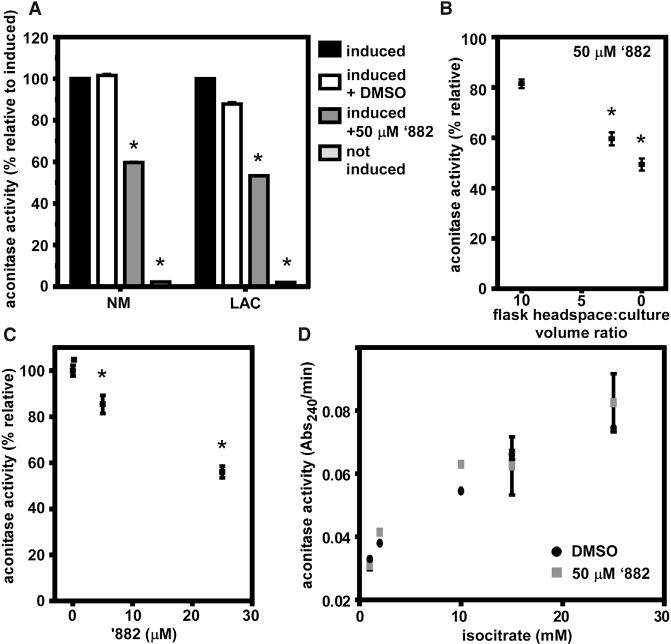Figure 5. ’882 Impairs Aconitase Function.

(A) Aconitase activity is reduced in NM and LAC cultured in the presence of ’882 after xylose induction of acnA transcription. *p < 0.001 by Student’s t test with Holm-Sidak correction for multiple comparisons, compared with induced + DMSO.
(B) Aconitase activity in LAC is inhibited by 50 μM ’882 to a greater extent as oxygen availability is reduced by decreasing the volume of gas above growth medium. *p < 0.05 relative to a headspace:culture volume of 10, calculated by one-way ANOVA with Sidak correction for multiple comparisons.
(C) The inhibition of aconitase by ’882 is greater under anaerobic conditions in LAC, where ~50% inhibition is achieved by 25 μM ’882, compared with 50 μM ’882 in (B). *p < 0.05 relative to no ’882 calculated by one-way ANOVA with Sidak correction for multiple comparisons.
(D) ’882 does not inhibit the activity of purified aconitase protein that has been chemically reconstituted with Fe-S cofactor in vitro prior to exposure to ’882.
For (A)–(D), error bars represent SD combined from two independent experiments. For (A)–(D), the acnA::Tn strain carried pacnA, which encodes for acnA under the transcriptional control of a xylose-inducible promoter. See also Figure S4.
